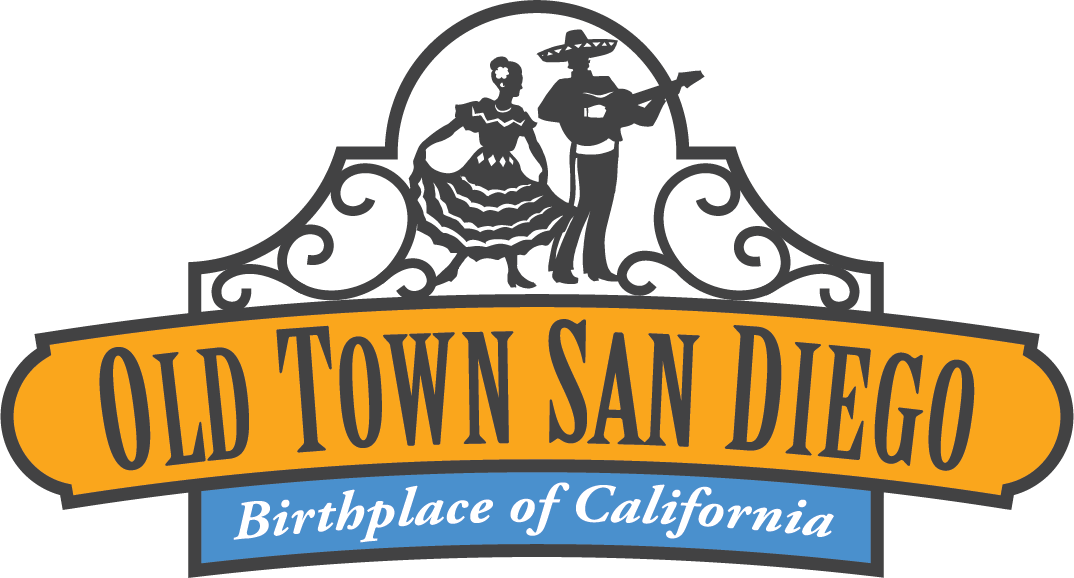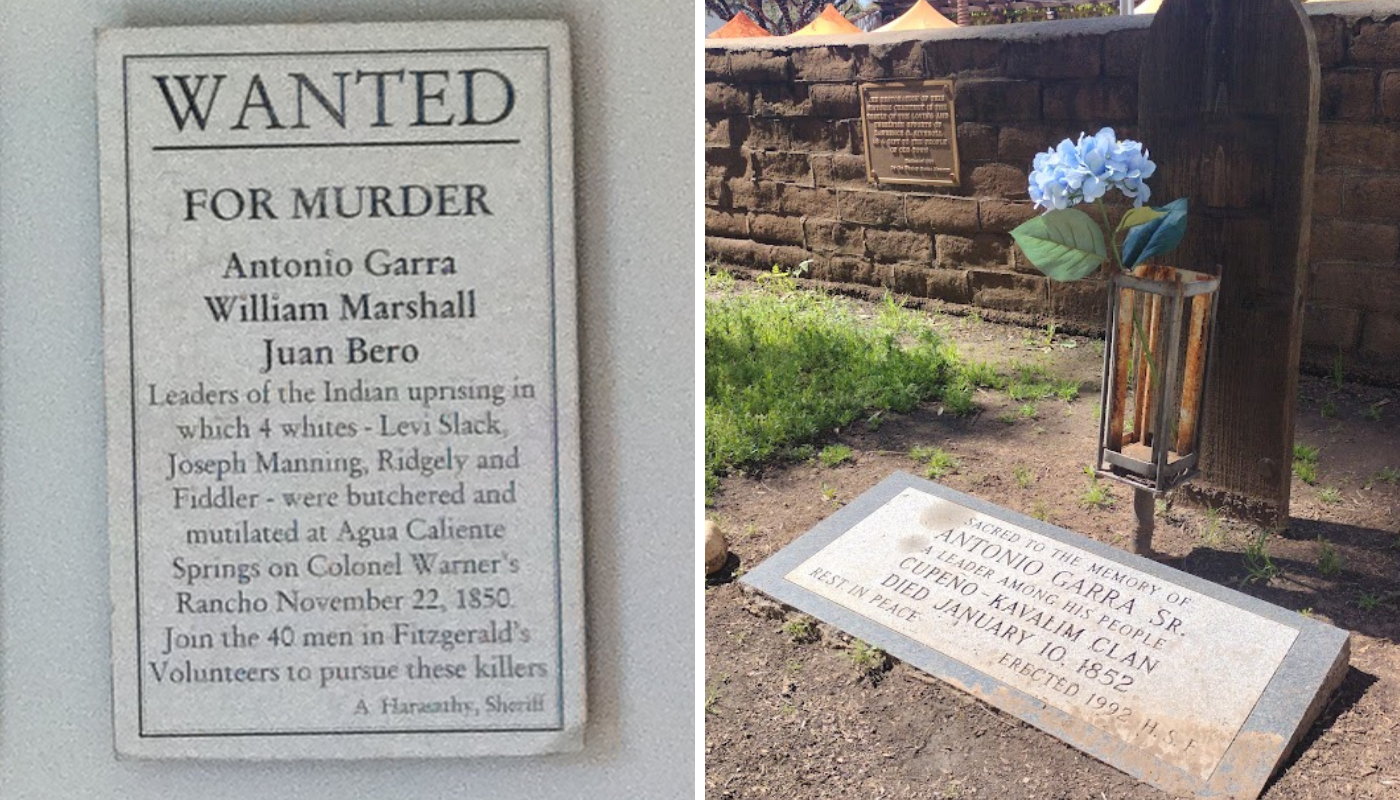Antonio Garra was a Native American leader of the Cupeño tribe who lived in what is now Southern California in the mid-19th century. Garra is best known for his role in leading a rebellion against American settlers and government officials who were encroaching on Cupeño lands and threatening their way of life.
Today, Garra is celebrated as a hero and symbol of resistance by many Native Americans and community members. Every year in March, a group gathers in Old Town San Diego to honor Garra’s legacy and to recognize the ongoing struggles of indigenous people for sovereignty and self-determination. Organized by the Pala Band of Mission Indians and First San Diego Courthouse, Inc, the event includes traditional music and dance performances, speeches, and informative exhibits commemorating Garra’s life and legacy.
Antonio Garra was born around 1818 in what is now Riverside County, California. He was a member of the Cupeño tribe, which lived in the area around present-day Warner Springs. Garra’s father was a prominent leader in the community, and Garra himself grew up to become a respected figure among the Cupeño people.
In the 1850s, American settlers began moving into the area, drawn by the discovery of gold and the availability of land for farming and ranching. However, the influx of newcomers threatened the traditional way of life of the Cupeño and other Native American tribes in the region. In particular, the settlers’ use of water from the San Luis Rey River for irrigation and livestock grazing depleted the river’s flow and disrupted the Cupeño’s ability to fish and farm.
Garra became increasingly frustrated with the situation and began organizing resistance against the encroaching settlers and the US government officials who were supporting them. He argued that the Cupeño and other tribes had a right to their ancestral lands and resources and that they should not be forced to give them up.
In November 1851, Garra and a group of followers attacked a local militia that had been sent to the area to put down a perceived uprising by the Native American tribes. They briefly took control of the town of Warner’s Ranch before being defeated by a larger military force that was sent to put down the rebellion. Garra and several of his followers were captured and later executed.
Although Garra’s rebellion was unsuccessful, it had a significant impact on the way that Native American resistance was perceived by both Native and non-Native people in California. Garra became a symbol of indigenous resistance and resilience, and his story has been passed down through generations of Native American communities in the region. Today, Garra is remembered and celebrated as a hero who fought to defend his people’s rights and way of life.




